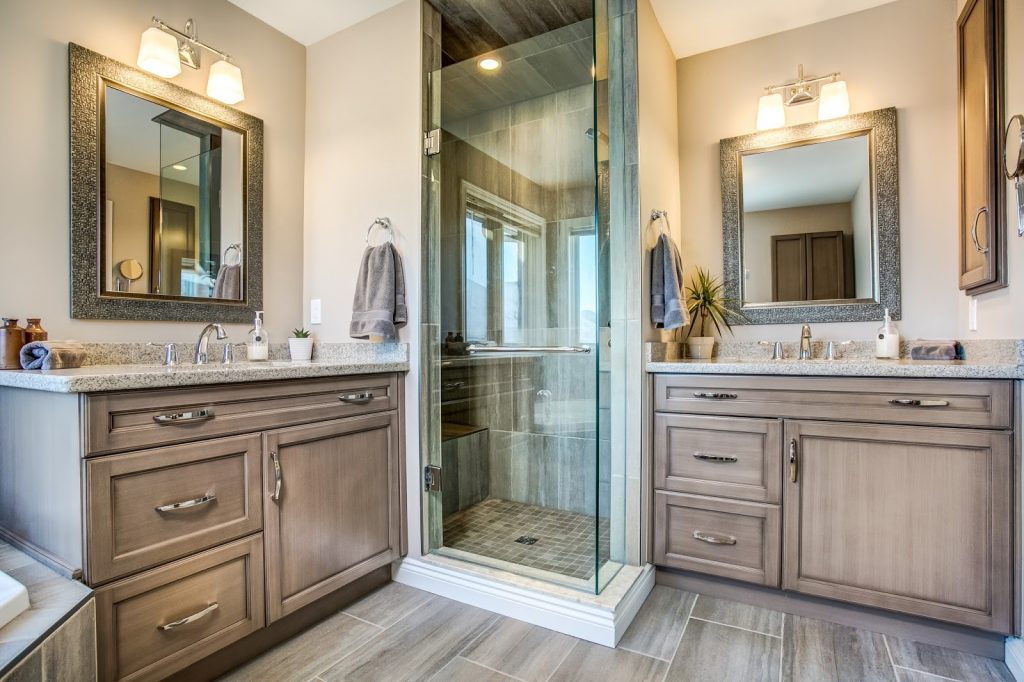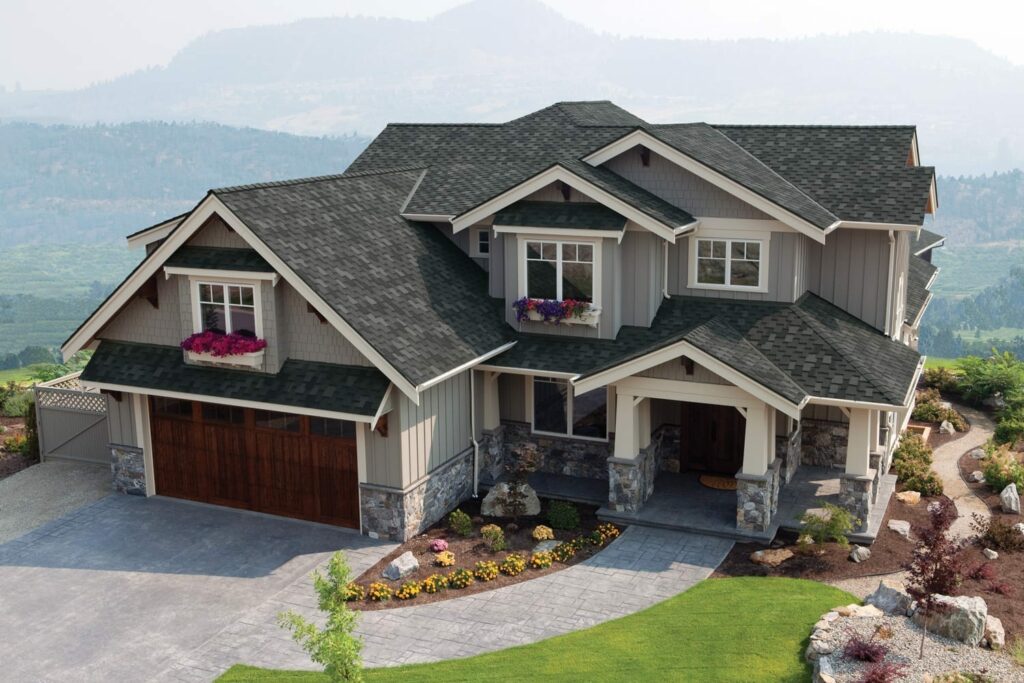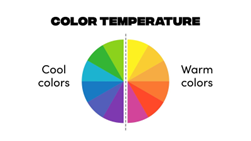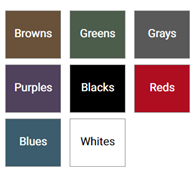Second only to the kitchen, the bathroom is one of the most popular rooms to remodel. With all the moving parts, it’s not only one of the more difficult home improvement projects, but also one of the more expensive ones. However, with proper planning, you’ll have no trouble keeping your budget on track while creating the lavish sanctuary of your dreams! 🙂

fi
This guide will cover the steps for planning your bathroom remodel, while also providing a breakdown of the costs for the following:
- Basic Bathroom Remodel
- Mid-Range Bathroom Remodel
- Deluxe Bathroom Remodel
Planning
For the best outcome, fewer headaches, and a higher likelihood of staying on the budget put more time into planning. It can be easy to get caught up in the excitement of creating a new space.
So, before you start wandering up and down the aisles of your local home box store searching for the ideal tile to go with the perfect faucet you saw a few weeks ago, sit down and determine your budget. Then take at least twenty percent and set it aside for the inevitable surprises that will arise.
Budget
According to the National Kitchen and Bath Association (NKBA), you should expect to spend between 5 to 10 percent of your home’s value on a bathroom remodel.
Suggested bathroom remodeling costs allocation:
- Installation: 20%
- Cabinetry and Hardware: 16%
- Fixtures: 15%
- Faucets and Plumbing: 14%
- Flooring: 9%
- Countertops: 7%
- Walls and Ceilings: 5%
- Design fees: 4%
- Doors and Windows: 4%
- Other: 1%
Labor and Materials
Once your budget is in place, find a contractor. Bathroom remodels can look deceivingly simple. They’re small rooms that have tricked many a weekend warrior into visions of DIY savings, only to have those dreams crushed by the complexities involved.
Plus, you’ll have the added expense of the contractor having to fix your mistakes. It’s best to know your limitations, only do tasks within your skill set and leave the rest to the professionals.
When you do speak to a contractor get a separate quote for labor and materials. Before signing the contract, check to see if you can find materials for less.
Whether you purchase the materials yourself or let the contractor do the shopping, have everything purchased and delivered before the remodel begins. This will avoid delays, a possible increase in labor costs.
Once the materials are purchased, delivered, and work has begun, step back and let the professionals do their thing. Don’t continue to look at fixtures, tiles and paint color.
Making changes once the remodel has begun will be costly and cause the project to take much longer. Unless there are problems with the products that were purchased, don’t drive yourself crazy second-guessing your original choices.
Types of Remodels
Basic Bathroom Remodel
Average Cost: $10,500 — $25,500 (or $5,500 to $15,500 for DIY on the low-end, low-budget)
Small bathrooms aren’t as costly because there are fewer plumbing fixtures and lesser square footage. To stay within a low budget, keep the original bathroom layout as is. Moving plumbing, electric, and gutting out and replacing old walls will cause the remodel to become rather expensive, quickly.
If the original fixtures, cabinetry, and surfaces are in good condition, consider refurbishing instead of purchasing new, low-quality materials. Surfaces in bathrooms take a great deal of daily abuse that include multiple climate changes.
Did you know? Using sub-par materials can end up costing you more in the long run. For example, if you decide to paint the walls yourself, use mold and mildew resistant paint or primer. It may cost more than regular interior paint, but you won’t have to redo it in a year. If fixtures can’t be saved, they must be replaced.
Typical Projects
- Bathtub: $3,000 — $4,500
- Cabinets: $2,500 — $5,500
- Countertops: $2,500 — $4,500
- Flooring: $1,500 — $3,500
- Lighting: $550 — $1,500
- Shower: $1,500 — $3,500
- Sink: $500 — $1,500
- Toilet: $250 — $750
- Paint: $550 — $1,500
- Stylish embellishments: $50 — $500


